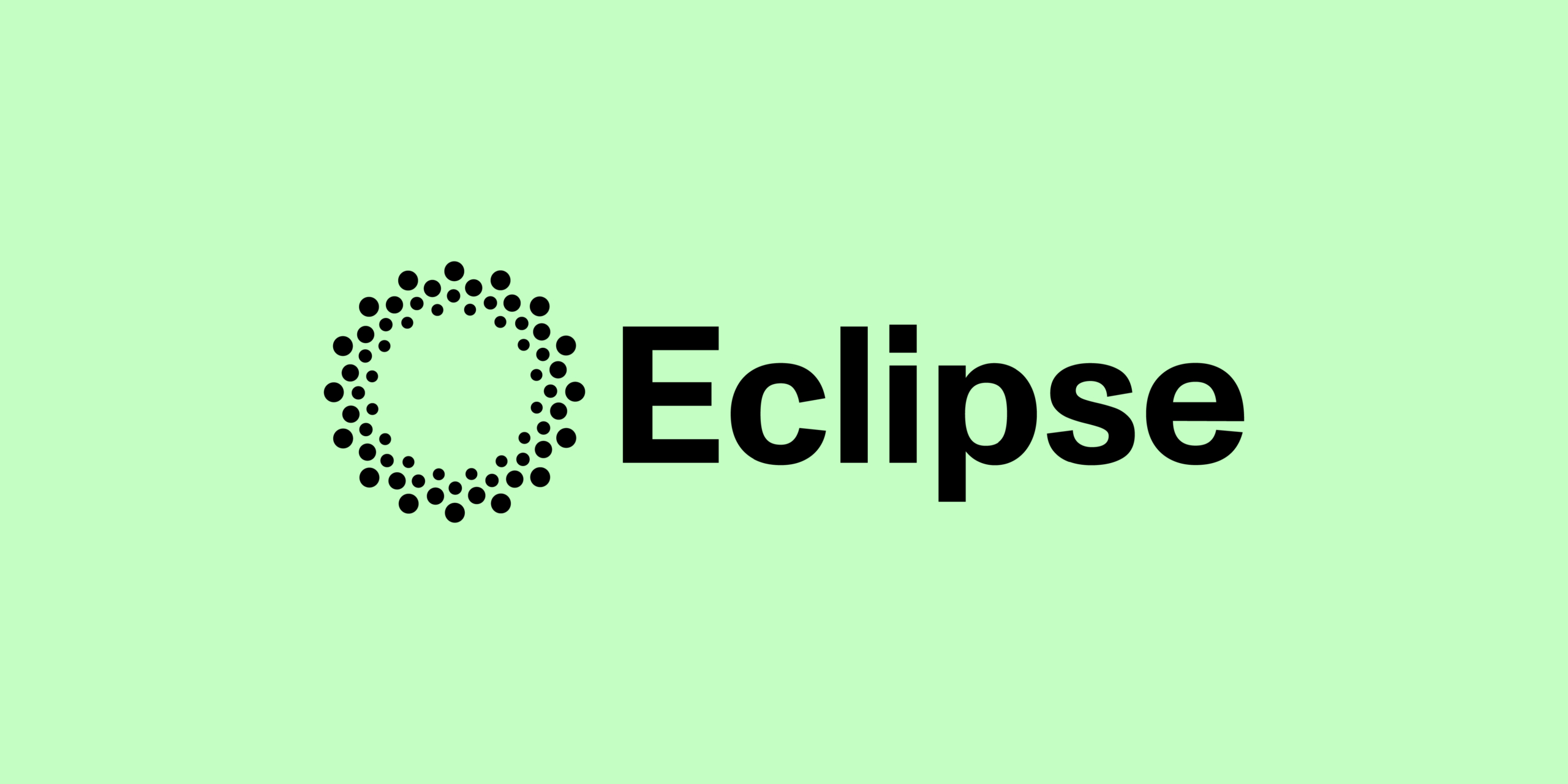Introduction
Eclipse represents a significant advancement in blockchain technology as Ethereum’s swiftest Layer 2 (L2) solution. By incorporating the Solana Virtual Machine (SVM), Eclipse stands at the forefront of scalability and performance enhancements within the blockchain ecosystem. This review delves into the multiple facets of Eclipse, evaluating its innovative approach, architecture, code quality, and more without any bias toward promotion or endorsement.
Innovation
Eclipse’s utilization of the SVM for its core execution environment is a leap in blockchain technology. It enables optimized parallel transaction execution, addressing the critical need for scalability in the blockchain domain. Eclipse‘s innovative approach extends to supporting Ethereum Virtual Machine (EVM) programs, demonstrating its versatile and inclusive technology strategy.
Architecture
The architecture of Eclipse is a harmonious blend of Ethereum and Solana’s strengths. Its validating bridge on Ethereum ensures robust transaction validation, preventing invalid state submissions. Integrating Celestia for scalable data availability and using RISC ZERO for efficient ZK proofs exemplify a well-thought-out, secure, and efficient infrastructure.
Code Quality
Eclipse maintains an exceptional code quality standard, evident in its seamless integration of various blockchain technologies and its support for frameworks like Anchor and SPL. This quality is a testament to the skill and dedication of its diverse development team.
Product Roadmap
Eclipse has demonstrated tangible progress with its deployment on Ethereum’s Sepolia testnet and Celestia’s Mocha testnet. These milestones indicate a clear and promising trajectory toward establishing itself as a leading Ethereum L2 solution.
Usability
Eclipse’s focus on developer-friendly tooling, such as incorporating Seahorse for writing Solana programs in Python, signifies its commitment to usability. This approach lowers the barrier to entry for developers and fosters a more inclusive and productive environment for blockchain application development.
Eclipse Team
The team behind Eclipse is vast and diverse, encompassing a range of backgrounds and expertise. This diversity is a driving force in the platform’s innovative development and reflects in the quality of its output.
Conclusion
Eclipse stands out as a pioneering solution in the blockchain space, skillfully bridging the capabilities of Ethereum and Solana. Its commitment to scalability, security, and developer accessibility positions it as a formidable player in the future of decentralized applications. The ongoing advancements, such as Jump’s Firedancer client, further reinforce Eclipse’s potential to reshape the blockchain landscape.
| Initial Screening | |||
| Keep researching | |||
| Does this project need to use blockchain technology? | Yes | ||
| Can this project be realized? | Yes | ||
| Is there a viable use case for this project? | Yes | ||
| Is the project protected from commonly known attacks? | Yes | ||
| Are there no careless errors in the whitepaper? | Yes | ||
| Project Technology Score | |||
| Description | Scorecard | ||
| Innovation (Out Of 11) | 11 | ||
| How have similar projects performed? | Good | 2 | |
| Are there too many innovations? | Regular | 2 | |
| Percentage of crypto users that will use the project? | Over 11% | 5 | |
| Is the project unique? | Yes | 2 | |
| Architecture (Out of 12) | 11 | ||
| Overall feeling after reading whitepaper? | Good | 2 | |
| Resistance to possible attacks? | Medium | 2 | |
| Complexity of the architecture? | Not too complex | 2 | |
| Time taken to understand the architecture? | 20 – 50 min | 1 | |
| Overall feeling about the architecture after deeper research? | Good | 4 | |
| Has the project been hacked ? | No | 0 | |
| Code Quality (out of 15) | 14 | ||
| Is the project open source? | Yes | 2 | |
| Does the project use good code like C,C++, Rust, Erlang, Ruby, etc? | Yes | 2 | |
| Could the project use better programming languages? | No | 0 | |
| Github number of lines? | More than 10K | 1 | |
| Github commits per month? | More than 10 | 2 | |
| What is the quality of the code? | Good | 2 | |
| How well is the code commented? | Good | 1 | |
| Overall quality of the test coverage? | Outstanding | 2 | |
| Overall quality of the maintainability index? | Outstanding | 2 | |
| When Mainnet (out of 5) | 5 | ||
| When does the mainnet come out? | 6 months after TGE | 5 | |
| Usability for Infrastructure Projects (out of 5) | 5 | ||
| Is it easy to use for the end customer? | Yes | 5 | |
| Team (out of 7) | 6 | ||
| Number of active developers? | 5+ | 2 | |
| Developers average Git Background? | Intermediate | 1 | |
| Developers coding style? | Outstanding | 3 | |
| Total Score (out of 55) | 47 | ||
| Percentage Score | |||
| Innovation | 20.00% | ||
| Architecture | 20.00% | ||
| Code Quality | 25.45% | ||
| Mainnet | 9.09% | ||
| Usability | 9.09% | ||
| Team | 10.91% | ||
| Total | 94.55% |





